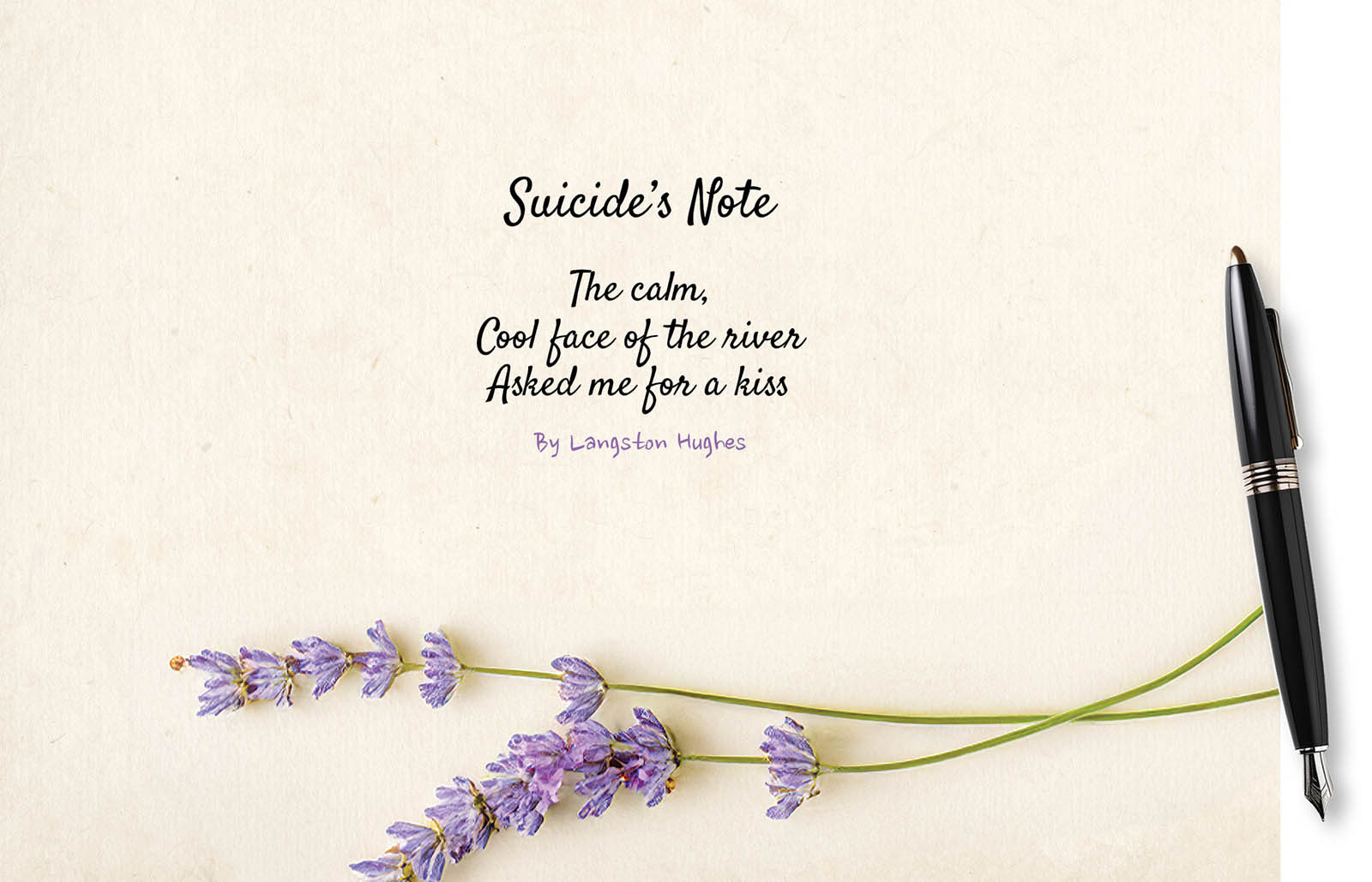
Issue 51
Aug 2024
THE LAST MILE
By Dr Noreen Chan, Head & Senior Consultant, Division of Palliative Medicine, National University Cancer Institute, Singapore

Even though it was ten years ago, I remember the telephone call from the police, and the investigating officer calmly informing me that my patient had died after “fall from height”, and could I please provide a medical report on her medical condition? I was stunned, and even after the formal request letter arrived on my desk, thoughts were still whirling in my head. What could have happened to lead to this?
My relationship with Mdm F (not her real name) had begun almost a year ago, when she strode into my clinic room accompanied by her elder son (whom I will call Steven). She was petite, looked much younger than her 80 years, and despite decades living in Singapore, spoke mainly Hainanese.
Mdm F had been referred to me by her surgeon, as she had been diagnosed with advanced stomach cancer which would have required not only extensive surgery, but probably chemotherapy afterwards to attempt a cure. She had listened to the options and had decided that she did not want a bar of it. The idea of undergoing surgery and spending weeks recovering, put her off completely. “I am already old, just leave it alone”.
It was not difficult to manage her pain and poor appetite, and over the next few months, she was able to remain independent, including doing the housework and going to the market by herself. Through Steven, I learnt that Mdm F had come to pre-Independence Singapore as a young bride, following her husband in search of a better life. However, she was widowed at a young age and had to raise her three children by working multiple jobs, including dangerous ones like cleaning the sides of ships that had docked in the harbour. Her son described her as a “chilli padi”, small in stature but tough as nails.
Over time however, the inevitable happened; her pain slowly increased and her appetite worsened again, in tandem with the growing tumour in her abdomen which I could feel. She steadfastly refused to discuss the possibility that she would one day need to be cared for. She lived with Steven’s younger brother who was single and was not on speaking terms with her nor the rest of the family. Steven had offered many times for her to come and live with him, but she refused to leave her neighbourhood.
Steven and I would discuss privately but we knew that his mother would never accept becoming dependent, and we would have to wait for some crisis to occur before we could do anything. I saw Mdm F every month, except for one time when her son had to travel for work, which meant we stretched the interval to 6 weeks. I referred her to hospice home care so that there would be an additional layer of support. Who knew that it would be the last time we all saw one another, and my patient would become another sad statistic.
In 2022, 476 suicides were reported (more than 1 a day) in Singapore, the highest number in more than 20 years, with the highest increases observed amongst the youth and elderly. Suicide remains the leading cause of death for youths aged 10-29 years of age. People aged 70-79 registered the biggest increase—60%—in suicides in 2022 compared to 2021.
It is not clear how many of those who completed suicide had a terminal illness, but the scientific literature shows that suicide is relatively rare in the palliative patient population. I have personally encountered 1 case every decade or so, but every suicide is one too many, and can be traumatic for those who survive, not only the family but also the care team.
Requests for hastened death, on the other hand, are not uncommon in Palliative care—for example “doctor can you give me an injection to make me go off?” Such requests arise out of a person’s sense of unbearable suffering, often due to a combination of symptoms, worsening physical debility, helplessness, fear of being a burden, etc.
Statements of this nature can be very confronting for the healthcare provider, but it is crucial that our first response is to ask ourselves what this suffering person is saying and asking for. Is it really that he wants to die right now, or is he saying “it’s so awful now, I don’t know how I can go on like this”? Scientific literature and widespread experience show that requests for hastened death are also commonly not sustained; in other words, the desire to die fluctuates over time and with changing circumstances.
Therefore, any request for help to die should be met first with a careful evaluation; one must be careful to look beyond the words, and not assume that the person asking is suicidal. Those with serious mental health issues do need psychiatric evaluation, but more often than not, it is more psychoemotional and spiritual distress coupled with fear of what the future could bring.
Any request for help to die should be met first with a careful evaluation; one must be careful to look beyond the words, and not assume that the person asking is suicidal. Those with serious mental health issues do need psychiatric evaluation, but more often than not, it is more psychoemotional and spiritual distress coupled with fear of what the future could bring.”
That said, I am less worried about the patient who speaks up, than the one who does not say anything, but who is quietly planning in the background. Or the impulsive and reactive one, who on the spur of the moment might do something drastic.
I think Mdm F was in the former category. When I called Steven to express my condolences, he told me that he had no inkling she was planning anything. He called her daily from overseas and she sounded like her usual self, although she had asked repeatedly when he would return from his work trip. She had waited until the day before Steven’s return, and after his younger brother had gone to work, before using a stool to climb up and jump from the kitchen window. In retrospect, Steven felt that she had timed it so that he would not be around to stop her, but also would not have to interrupt his trip, and return in time to settle her affairs.
In all honesty, we both agreed that Mdm F had given no indication of her intentions, and that this act, although violent and shocking, was in keeping with her character of wanting to be in control to the end. I wish she had not done it, but I could understand and come to terms with the fact that she lived and died on her own terms.
I am not sure I could have prevented Mdm F from taking her own life, but that incident made me more aware of suicide, and that there is no “typical” suicide victim. Even outwardly successful, high-achieving and “happy” individuals—like former MMA fighter Angela Lee—can be at risk. All I can conclude is that we cannot know what it is like for people struggling with their demons and the darkness, but we can check in on them and be ready to provide support and help.
Click here to watch a video about the importance of checking in on those around you.

Need help?
Samaritans of
Singapore Hotline
1767
Institute of Mental
Health’s Helpline:
6389 2222
Singapore Association for
Mental Health Helpline:
1800 283 7019
More from this issue

PEOPLE OF NUS MEDICINE
Leading Research Like Conducting an Orchestra


